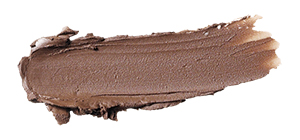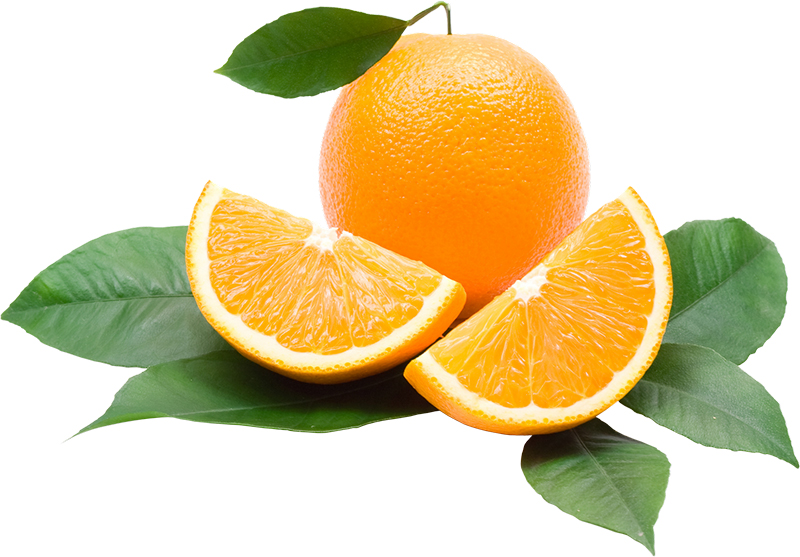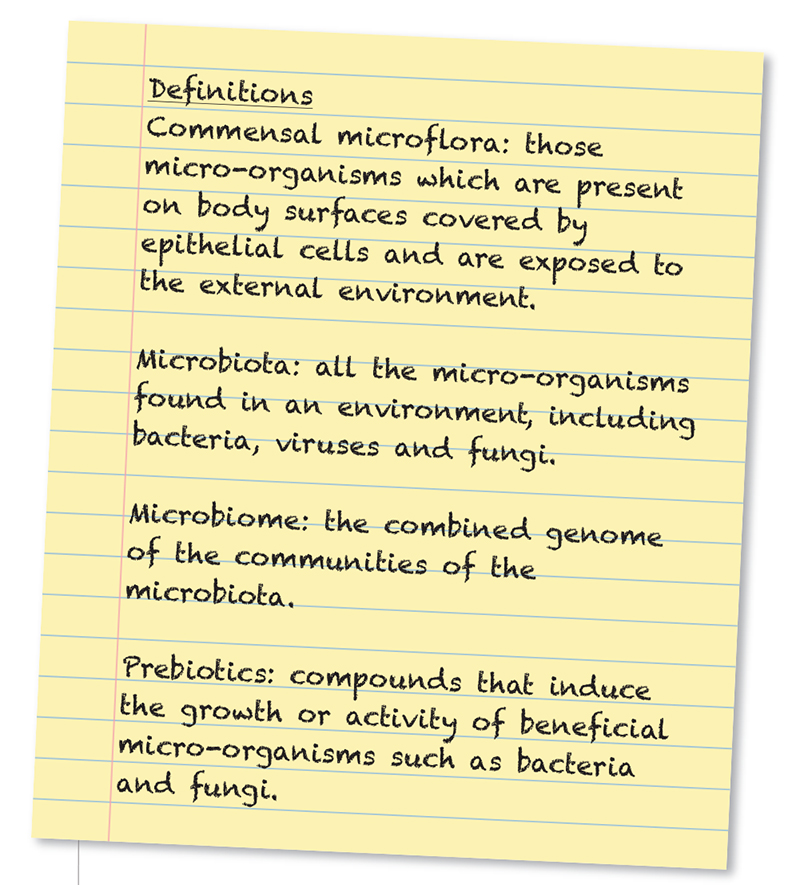The safety of consumers within the EU when exposed to cosmetic products is assured by Regulation (EC) No 1223/2009. It is a mandatory requirement that cosmetic products do not contain viable numbers of micro-organisms and the traditional method of preventing contamination is through the use of preservatives.
As these are potentially toxic chemicals there are strict limits on usage, and these are listed in Annex V of the regulation.
The list is quite restrictive and is more likely to shrink than expand in numbers. For example, at the time of (EC) No 1223/2009’s publication, methylchloroisothiazolinone was allowed at 0.01% in rinse-off products, but from April 2018 its presence in cosmetic products for sale was restricted to 0.0015%. Annex V lists nearly 60 permitted preservatives – however, less than half are in current use and if formaldehyde donors, halides and isothiazolinones are avoided, only organic acids, parabens, phenoxyethanol, and benzyl and dichlorobenzyl alcohol remain.
To help formulators find their way through the preservative minefield, Lonza maintains an online preservative selection tool called FormulaProtect[1]. It allows formulators to tick various boxes that best describe the product under development, the region in which it is to be marketed and the various restrictions with which it must comply.
It then returns possible preservative systems that may be suitable. It is very easy to use, and offers descriptions, regulatory information and sample requests.
Maximising effectiveness
In recent years, much of the focus on cosmetic preservation has been on maximising preservatives’ effectiveness and on the use of materials that, as well as being emulsifiers, emollients or humectants, coincidentally have preservative activity. These aspects have been discussed in previous issues of SPC and ingredient suppliers such as Sharon Laboratories have continued to find improvements.
Under the slogan of ‘Less is More’ it launched the Sharomix Amplify range, which claims to offer broad spectrum solutions with superior antimicrobial activity. Four mixtures in the current range each contain didecyldimonium chloride, which is a cationic surfactant often found in hair care and rinse-off applications.
Various blends may also contain phenoxyethanol, chlorophenesin, organic acids and other ingredients to add efficacy. Claiming further enhancement is the SharoSense Plus range, which has the nature-identical material maltol added to the Amplify mixtures.
Inolex has optimised alternative preservative systems by adding caprylhydroxamic acid to its Spectrastat range. It is the only organic acid effective at neutral pH; it has selective and powerful chelation for Fe2+ and Fe3+, thus inhibiting mould growth, and it has the optimum chain length (C8) for creating membrane disruption.
Biomix mixtures from Sharon Laboratories are made with natural organic citrus extracts claimed to provide broad spectrum efficacy
There are five mixtures available, one comprising caprylhydroxamic acid with glyceryl caprylate and glycerin. Inolex also blends caprylhydroxamic acid with propanediol to provide Zeastat.
Xylitol and its ester xylityl sesquicaprylate are molecules with moisturising properties that also inhibit microbial growth. Chemyunion has combined them with non-controversial preservatives in its Hebeatol range.
Thus, Hebeatol BA is xylityl, caprylic acid and benzyl alcohol, effective over pH3.5-7; Hebeatol PSVG is xylityl, caprylic acid and glycerin with potassium sorbate, effective at pH4.5-6; and Hebeatol CG is xylityl sesquicaprylate with capryl glycol, effective at pH3-6.5.
Trends collide
Trends in personal care can cause formulating conflicts as companies jostle for market share. There is a move to sulfate-free surfactant systems and, in some sectors, organic acids are perceived as preferable to traditional preservatives.
When these trends collide, problems arise such as the need for low pH for preservative efficacy, which can lead to hydrolysis of surfactants and increased problems in viscosity control. A presentation at the SCS Formulate 2018 event by Alice Miles from Innospec[2] showed how the correct choices of surfactant make possible the use of organic acid preservatives in sulfate-free formulations that are clear and have stable viscosities.
Avoiding the need for low pH is SymSave H from Symrise. It is hydroxyacetophenone, which is a preservative booster with antioxidant and skin soothing properties. It appears in SymOcide BHO (INCI: Benzyl alcohol, hydroxyacetophenone, caprylyl glycol, aqua).
Globally compliant with cosmetics regulations and effective at pH3-9, it is suitable for cold processing and can be used in emulsions, aqueous gels, surfactant-based formulas and wet wipes.
Hydroxyacetophenone also appears in Activonol-M from ActivON. It is described as an optimised combination of glycols designed specifically for use in facial sheet masks and wet tissues. Its full INCI listing is dipropylene glycol, hydroxyacetophenone, caprylyl glycol and dipotassium glycyrrhizate, and it can be used in a wide pH and temperature range.
A bit of a boost
Caprylyl glycol remains the ingredient of choice when selecting a material that coincidentally has a preservative action and it appears in many mixtures from various suppliers. Jubilant Life Sciences blends it with phenoxyethanol in Jubiguard PCG.

Another material that boosts preservative efficacy is ethylhexyl glycerin and Jubilant combines it with phenoxyethanol to provide Jubiguard PEHG. Centerchem combines it with phenoxyethanol and hexylene glycol in its Diocide preservative system.
Undecylenic acid and its salts and esters have antimicrobial properties. Glyceryl undecylenate is available from Stéarinerie Dubois as DUB MUG. From Inolex comes glyceryl undecylenate with glyceryl caprylate as Lexgard Natural, effective at pH5.5 and lower.
Galaxy Surfactants provides a blend of capryloyl glycine and undecylenoyl glycine with phenoxyethanol in micro-emulsion form.
Nature’s best
Ideally, natural cosmetics would only use natural substances to protect their compositions. Conarom B from Ashland is described as an aromatic substance containing naturally-derived and nature-identical ingredients with antimicrobial benefits. It is Humulus lupulus (hops) extract with phenylpropanol and is a fortifying system that delivers antimicrobial protection over a broad pH range.
Biomix mixtures from Sharon Laboratories are made with natural organic citrus extracts that are claimed to provide broad spectrum efficacy for leave-on and rinse-off products, and to be water soluble, heat stable and suitable for a wide pH range.
Their INCI listing is glycerin, Citrus reticulata fruit extract, Citrus aurantium amara fruit extract, Citrus aurantium sinensis peel extract, ascorbic acid, citric acid, lactic acid and aqua, to which is added either phenethyl alcohol, phenylpropanol or caprylyl glycol.
The catechins and volatile elements in green tea inhibit bacterial growth and demonstrate antimicrobial activity against bacteria, fungi, viruses and parasites. Sunphenon from Taiyo International is produced from pesticide-controlled green tea leaf via a double water infusion process and decaffeinated using only approved food grade solvents. It is rich in polyphenols including catechins and exhibits antioxidant and antimicrobial properties.
It is also promoted as an ingredient for consumption to enhance beauty from within and studies show it helps protect the skin against UV radiation.

The microbiota puzzle
Further complicating the preservative issue is the human microbiota. Long beloved by yoghurt makers is the belief that the human body is dependent for its health and wellbeing on a wide range of micro-organisms. It is generally agreed that healthy skin is dependant on a healthy population of the skin microbiota, which helps break down dying skin cells and destroy debris secreted by the glands and pores on the skin.
However, cosmetics must not be contaminated with micro-organisms and the preservatives that prevent microbial growth will most likely upset this delicate balance.
There are numerous different species to be found on the skin, and each individual has a unique distribution. If the balance is disturbed, diversity is reduced and a particular strain may become dominant, and this may lead to infection.
If a cosmetic product is to work in harmony with an individual’s microbiota there are obvious conflicts in formulation. It must not support microbial growth but should not unduly disrupt the resident microbiota. Various suppliers address this issue in their own way.
Gobiotics suggests adding prebiotics to the composition to encourage micro-organisms to rapidly repopulate areas of skin that have been cleansed. It supplies preBIULIN AGA, a polysaccharide based on inulin from chicory root that has film-forming and skin hydrating properties; it is suggested that when this is added to topically-applied compositions the resident microbiota more rapidly recover both numerically and in diversity. Skin is hydrated and the barrier function restored.
Vytrus Biotech claims that micro-organisms communicate with each other to coordinate gene expression, collective behaviours and population densities. This ancestral communication is based in volatile bio-chemicals called quormones.
These are low molecular weight molecules synthesised and secreted by bacteria that diffuse away into the surroundings and are sensed by nearby bacteria, a process that Vytrus terms quorum sensing. It is believed that this sensing enables communities of bacteria to coexist in biofilms.

However, if numbers are reduced in an area, pathogenic organisms can invade in numerically superior numbers, thus upsetting the microbiota balance. Vytrus has introduced Quora Noni, an extract of Morinda citrifolia, which it claims quenches quorum sensing and inhibits unbalanced populations of bacteria in particular areas.
It also has a broad spectrum bacteriostatic effect and may be used to prevent many unwanted skin reactions.
Active Concepts proposes the use of natural antimicrobial peptides composed of a relatively short amino acid sequence that has an affinity for the microbial membranes and cell walls of competitive species. Once the peptides have associated with the cell, they create pores that interfere with the cell’s ability to regulate the osmotic balance between itself and its external environment.
Supplied as Chía Seed Extract via fermentation technology, these peptides are designed to provide antimicrobial efficacy, a reduction of HDAC inhibition and an improved commensal bacteria balance.
The human microbiome represents one of the most exciting areas of research in human health, and will be the subject of future features.
References
1. https://www.lonza.com/products-services/consumer-health/personal-care/formulaprotect.aspx.
2. Miles A. Sulphate free formulating with modern-day preservatives. Innospec.


